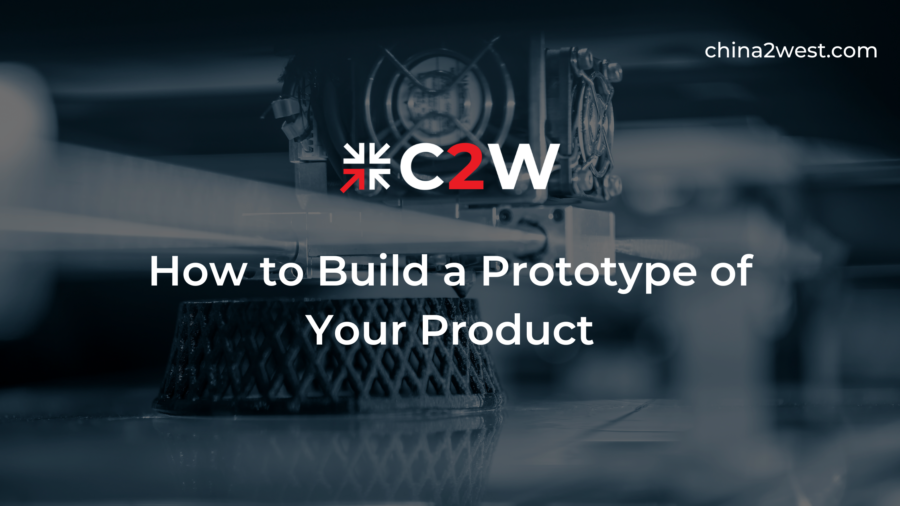Projections show that the product prototyping market will reach a size of $45.6 billion by 2031.
If you want to manufacture a new product, there are several things you have to do first. One of the most crucial steps is prototyping, as this will help you determine if your product does what it’s supposed to. You’ll also be able to make changes so that it’s as good as it can be.
In this guide, we’ll go over how to build a prototype of your product. Keep reading for more.
What Is a Prototype?
Product manufacturing is used to create a product from an idea. A prototype is an initial concept of the product which can be developed from a simple design. A prototype can go through several stages, and you may use multiple different prototypes to determine the best final design for your product.
The Benefits of Making a Prototype
One of the key benefits of product prototyping is it will allow you to highlight any design problems before taking your product to market. You can fix these issues so that you don’t end up with countless complaints from users.
When you make a prototype, you’ll be able to get a better idea of the costs, materials, and manufacturing time needed. You can then make more accurate forecasts about what will be involved in mass production.
There are various aspects of your product you can test with a prototype. This includes things like durability and usability. Depending on the product, you can also try different materials to see what works best.
If you’re looking for investors, having a prototype can be very helpful. Investors are more likely to show an interest if you have a functional product you can show them rather than just a concept or design.
How to Build a Prototype in 6 Steps
Depending on the product you’re making, the prototyping process can vary. In general, there are 6 key steps that cover the process of building a prototype.
1. Start With a Product Vision
Before you can create a prototype, you need to have an idea. You might already know what sort of product you want to make, or you might need some inspiration. If you’re trying to come up with an idea, start by doing some research into the market and competition.
Brainstorming is a good way to generate ideas – especially with a team. Consider a problem that customers are facing, and see if you can devise a product that will solve that problem.
2. Create a CAD Model or Sketch
Once you have an idea, you need to take it from your head and put it on paper. This could start with a simple sketch, but it’s more common to use CAD (computer-aided design) to create accurate models.
A CAD model will allow you to generate a 3D replica of your product. You’ll be able to see all the dimensions and present your idea more professionally and comprehensively.
3. Make a Proof of Concept
Just because you have a sketch or 3D model, that doesn’t mean your product is viable. Creating a proof of concept will show how your product will be developed to prove its feasibility in the real world.
4. Make a Physical Prototype
When you’ve settled on your idea and you know how it will be made, you can build a physical prototype. Your first prototype probably won’t be exactly the same as the final product, but it will likely be very similar.
There are various ways that you can build a prototype – 3D printing has become a very common choice in recent years. CNC machining is another option that can be quite effective. Virtual simulations can also be used to test prototypes, but this won’t fit all needs, so it’s better to create a physical version.
5. Test the Prototype
This is perhaps the most important step of product prototyping. You can test your product in various ways, with the first being to make sure it works as it’s supposed to.
You can also test for things like durability and potential flaws. Depending on the results of your tests, you may want to make some changes and test different prototype models.
6. Create a Production-Ready Prototype
After testing, you should have a working prototype that meets all needs. You can then build a production-ready prototype.
Check with your vendor to determine the costs of materials and production so you can make sure things stay within your budget. You should also make a product roadmap so that you can track any future alterations or updates.
Prototyping Tips
One of the most important things to do with your design is to protect it. You should file for a patent well before you disclose your work as it can take up to a year. This will stop other companies from copying your idea, and having your team sign NDAs can also be a good idea.
You should use benchmarking and competitive analysis to assess the market and gather data that can help you with your product. You need to have a good understanding of the market if you want your product to sell well and stand out from the competition.
It’s also important to consider the costs of the prototyping process. Depending on your product, these costs can add up and become quite significant. Research the costs in advance so that you can budget effectively.
A Manufacturing Solution for Your Product
One of the main challenges that comes with creating a product is finding a reliable manufacturer. China 2 West offers manufacturing, quality control, product development, and supply chain management. We can help you build a prototype and bring your final product to market.
Take a look at our services page to learn more about how we can help your product idea become a reality.



